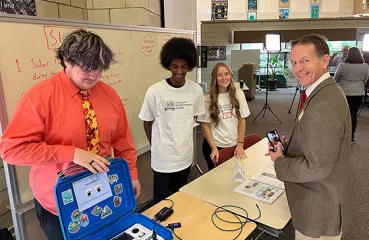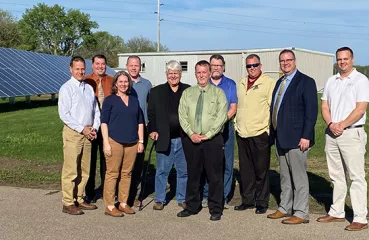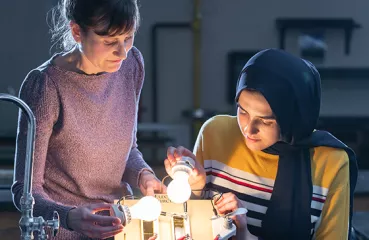Imagine this headline in the near future: "All Schools in Minnesota Use Solar Power." Wouldn’t it be amazing if solar energy powered the education of our state’s students? It might not be so far off.
Over 90 school districts in Minnesota already benefit from solar, and with the decrease in solar panel prices and new financing options it is a great time to take advantage of clean energy opportunities.
“Minnesota schools are eager to adopt solar energy, but many have questions about how to move from interest to installation. That’s where we come in.” - Peter Lindstrom, CERTs
CERTs helps schools figure out how to take the right steps towards clean energy. We provide technical assistance on the programs and initiatives below that can lead to energy efficiency, financial savings, community leadership, and STEM education curriculum that will help prepare students for a clean energy future.













